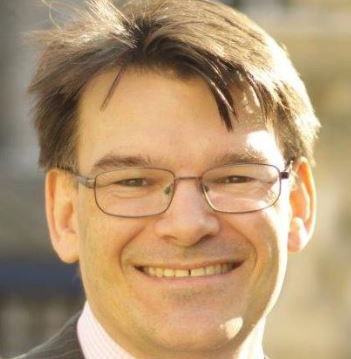The case
A 34-year old triathlete was admitted under the cardiology team after self-presenting with one month of progressive shortness of breath now occurring at rest.
- He participated in several international sporting competitions.
- Blood tests showed an equivocal CRP and troponin level.
- Electrocardiogram (ECG) demonstrated sinus rhythm at 99bpm with inferolateral T-wave inversion.
- An echo demonstrated a non-dilated left ventricle (LV) with normal LV wall thickness and mildly reduced systolic function.
- An echogenic, thickened pericardium, a 12mm pericardial effusion and a large right sided pleural effusion were also seen.
The athlete was advised to stop all forms of exercise and further investigations were expedited.
Test your knowledge
Interested in learning more? Access the ESC e-learning platform and discover the EAPC Sports Cardiology online courses.
EAPC online educational courses are only accessible to EAPC Ivory, Silver and Gold Members. Not yet an EAPC member?
Note: The views and opinions expressed on this page are those of the author and may not be accepted by others. While every attempt is made to keep the information up to date, there is always going to be a lag in updating information. The reader is encouraged to read this in conjunction with appropriate ESC Guidelines. The material on this page is for educational purposes and is not for use as a definitive management strategy in the care of patients. Quiz material in the site are only examples and do not guarantee outcomes from formal examinations.



 Our mission: To reduce the burden of cardiovascular disease.
Our mission: To reduce the burden of cardiovascular disease.